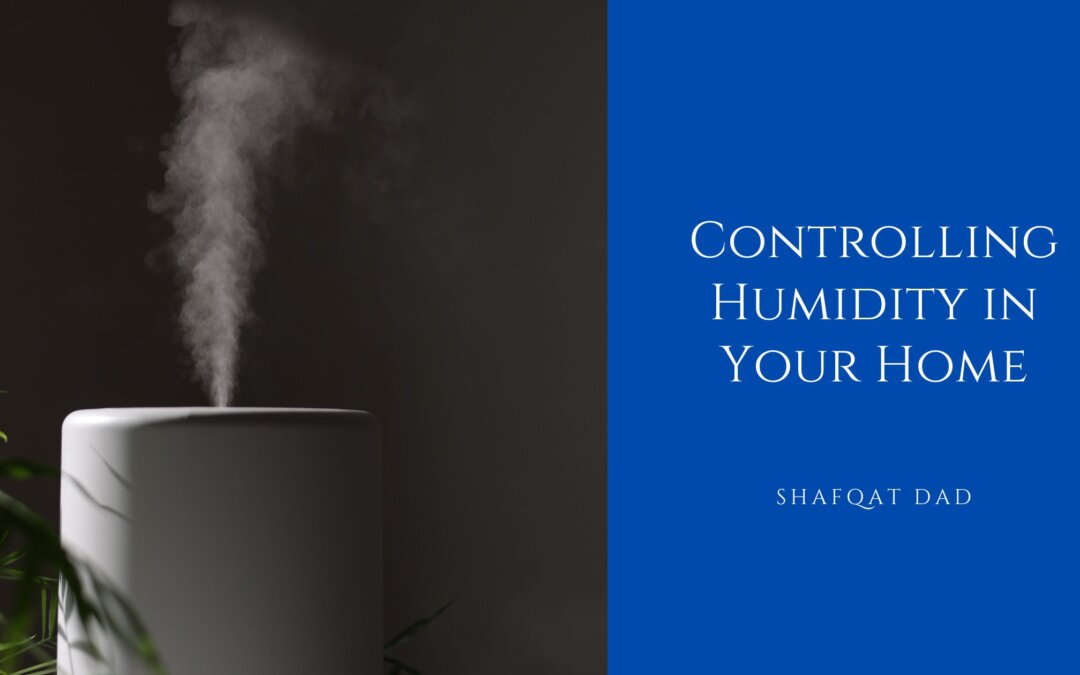Maintaining the right level of humidity in your home is essential for both comfort and health. Excessive humidity can lead to mold growth, musty odors, and discomfort, while low humidity can cause dry skin, respiratory issues, and damage to wooden furniture and musical instruments. Fortunately, there are several effective ways to control humidity levels in your home. Here are some tips to help you keep your indoor environment comfortable and healthy:
1. Use a Dehumidifier
One of the most straightforward ways to control humidity in your home is by using a dehumidifier. These appliances draw moisture from the air, helping reduce humidity levels and create a more comfortable indoor environment. Place dehumidifiers in areas prone to high humidity, such as basements, bathrooms, and laundry rooms. Be sure to empty the water reservoir regularly and clean the unit according to the manufacturer’s instructions to prevent mold and bacteria growth.
2. Ventilate Your Home
Proper ventilation is crucial for maintaining healthy indoor air quality and controlling humidity levels. Open windows and doors when weather permits to allow fresh air to circulate throughout your home. Use exhaust fans in bathrooms and kitchens to remove excess moisture generated by activities like showering and cooking. Consider installing a whole-house ventilation system to ensure adequate airflow and prevent the buildup of stale air and humidity indoors.
3. Use Air Conditioning
Air conditioning not only cools your home but also helps to remove excess humidity from the air. Set your air conditioner to a comfortable temperature and ensure it is properly sized and maintained to effectively dehumidify your indoor space. Use programmable thermostats to regulate indoor temperature and humidity levels, especially when you’re away from home. Keep air filters clean and replace them regularly to maintain optimal airflow and efficiency.
4. Seal Air Leaks
Air leaks in your home can allow humid outdoor air to infiltrate your indoor space, leading to increased humidity levels and energy waste. Seal gaps and cracks around windows, doors, and other openings with weatherstripping, caulking, or foam insulation to prevent air leakage and improve energy efficiency. Insulate walls, floors, and ceilings to create a thermal barrier and reduce heat and moisture transfer between indoor and outdoor environments.
5. Monitor Humidity Levels
Invest in a hygrometer or humidity monitor to keep track of indoor humidity levels and identify any potential issues. The ideal indoor humidity range is typically between 30% and 50%. If humidity levels consistently exceed this range, take steps to reduce moisture sources and improve ventilation. Conversely, if humidity levels are too low, consider using a humidifier to add moisture to the air and increase comfort.
Controlling humidity levels in your home is essential for maintaining a comfortable and healthy indoor environment. By using dehumidifiers, ventilating your home, using air conditioning, sealing air leaks, and monitoring humidity levels, you can effectively manage indoor humidity and prevent issues such as mold growth, musty odors, and respiratory problems. Take proactive steps to control humidity in your home and enjoy a more comfortable and enjoyable living space.

